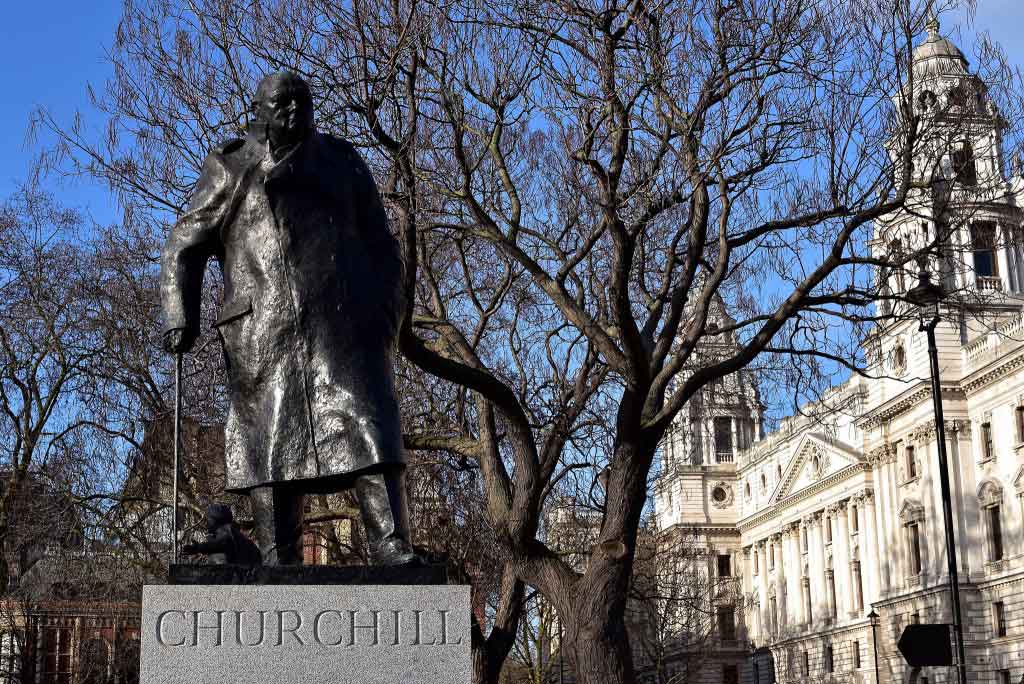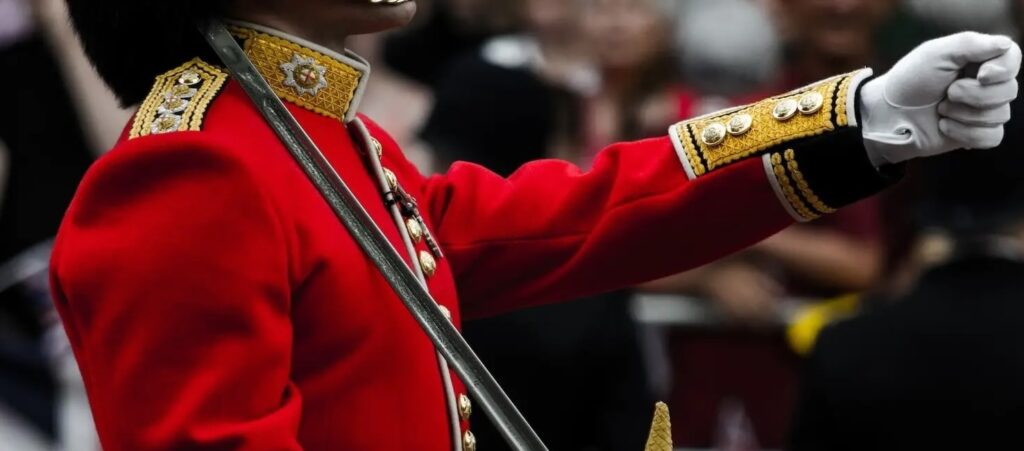
Finest Hour 161
Postscript: “New Zealandness” in the Postwar World

Winston Churchill, Parliament Square, London © Sue Lowry & Magellan PR
February 20, 2015
Finest Hour 161, Winter 2013-14
Page 25
By Gerald Hensley
New Zealand emerged from the Second World War with two convictions: the hope that international peace could be maintained and the importance of maintaining the alliance between the United States and Great Britain. The hope of collective security under the UN was quickly crippled by Soviet vetoes and the second aim became as dominant as it had been during the war.
For a few years New Zealand clung nostalgically to the hope that an imperial system of security could be reestablished. This was impractical: Britain was a fading power and the security of the Pacific clearly depended on the United States. So New Zealand joined Australia in seeking a guarantee from Washington. The U.S. was reluctant to take on a new burden but finally agreed to the 1951 ANZUS treaty as the price of getting the two southern countries to agree to a Japanese peace treaty.

2024 International Churchill Conference
New Zealand still sought regional security by working closely with Britain, again agreeing to contribute a division to British forces in the Middle East to counter an assumed Russian thrust towards the oilfields. At a prime ministers’ conference in 1953, however, Churchill pointed out that the possession by both sides of the hydrogen bomb made future war unthinkable. Australia and New Zealand, he argued, should ensure that regional “brushfire” wars did not ignite a global catastrophe.
In 1955 New Zealand and Australia joined Britain in fighting the Communist insurgency in Malaya. Southeast Asia, caught in the transition between colonialism and independence, seemed perilously vulnerable, and though Malayan operations ended successfully in a stable independence, a N.Z. battalion stayed in the region until 1989, by far the country’s longest deployment overseas.
With the United States preoccupied in stabilising Western Europe, ANZUS remained an unused insurance policy. This changed as Vietnam became a Cold War battleground. By 1965 Southeast Asia seemed more shaky than ever. Several countries faced Communist insurgencies. Singapore and Indonesia were facing Communist coups. Chairman Mao thought, as did many others, that after Vietnam the newly-independent countries to the south would one by one fall to Communism.
New Zealand and Australia knew a stable and open Southeast Asia was vital, but who could guarantee it? Without the United States the two southern countries would face the coming turmoil alone. To maintain American involvement in the region it became important to help it in the struggle over Vietnam, though Wellington was distinctly doubtful about its success.
Vietnam had significant consequences for New Zealand, which overshadowed the fact that its main aim—to stabilise Southeast Asia—was successful. The region south of Indochina was transformed. Protected by American military power, it made good use of the enormous sums spent on the war and access to the American market for its fledgling industries. Where in 1965 there had been weak governments of doubtful durability, the end of the fighting revealed five stable and self-confident countries bound as a counter to Vietnamese power. and rapidly growing in wealth. As Singapore’s first prime minister, Lee Kuan Yew, said to an American ambassador, “You did what you were supposed to do, you gave us time for us to get our own houses in order.…”*
But America’s internal divisions about Vietnam spilled over into New Zealand, where a vocal number of leftists, and the young, saw the ANZUS alliance as committing New Zealand to American adventures overseas. They began to call for an “independent” foreign policy, detached from Washington’s wishes. This became linked with a wider antipathy to nuclear weapons and to an arms race. Labour Party conferences began annually to call for a nuclear-free New Zealand, out of ANZUS.
The Labour Government elected in 1984 pledged not to leave ANZUS, but to make New Zealand nuclear-free, even to ban visits by ships which might be nuclear-armed. Since almost all these were American warships, this led to a quarrel with Washington. American (and British) policy was not to confirm or deny the possible presence of nuclear weapons. The New Zealand government, in thrall to its Left, could not accept even the temporary possibility of their presence. Ironically, successive polls showed that three-quarters of those questioned wanted their country to be both nuclear-free and a full member of ANZUS.
Prime Minister David Lange arranged for a visit by a carefully-chosen U.S. destroyer but was out of the country when the news broke, and allowed it to be sent away. Tempers rose. Americans felt they had been humiliated and accused New Zealand of wanting the benefits of an alliance without even welcoming one of their ships. Given similar urgings by Australia, Japan and anti-nuclear NATO partners, Washington could not bow to New Zealand’s wishes without endangering its structure of alliances. New Zealanders for their part felt national pride was at stake—surely it was New Zealand’s business to decide what ships it should have in its harbours.
Two years of desultory negotiations failed to bridge the gap. In 1986, the United States suspended its security guarantee and New Zealand was out of ANZUS. It caused little public stir. Instability in Southeast Asia had been the country’s only security worry for years.With this threat gone, did New Zealand really need a security alliance, with its irksome obligations and attendant risks?
The independent foreign policy lived on as a political slogan over two decades, but New Zealand did not drift into non-alignment. It remained firmly Western in its outlook and, in keeping with the path outlined by Peter Fraser, it was unwavering in its support for the United Nations and international institutions. With the end of the Cold War, this took the form of increased involvement in peacekeeping, which became the main task of its armed forces—in places as far-flung as Lebanon, Bosnia, Zimbabwe, East Timor and the Pacific.
Yet the country found by experience that it could not manage its foreign policy without a comfortable relationship with the United States. Under governments of both the Right and Left, Wellington spent the next twenty-five years trying to get back roughly to where it started. But there was a difference. Although the United States took all nuclear weapons off its surface ships, the New Zealand policy enshrined in law remained. It had become a distinctive flag of New Zealandness, like hakas and kiwifruit, and in the absence of any threat there was no disposition to abandon it. Like those who would rather live together than accept the bonds of matrimony, New Zealanders turned out to prefer an informal partnership with America to the formality of an alliance.
*Quoted by John H. Holdridge in Frontline Diplomacy, Foreign Affairs Oral History Collection, Washington.
Subscribe
WANT MORE?
Get the Churchill Bulletin delivered to your inbox once a month.


